#dali china
Explore tagged Tumblr posts
Text
Dali's tourism board put their entire pussy into this show, I am in love 🥰





#this is how you do product placement#meet yourself#go to a windy place#c drama#liu yifei#li xian#dali prefecture#yunnan province#the dianxi xiaoge stan in me is being fed#finally some good fucking slice of life food!#dianxi xiaoge#I'LL GIVE YOU THE SADDLE OF MY HEART 🥺#AND not a love triangle in sight 💖 🙈#dali#dali china
12 notes
·
View notes
Text
scenery in china
472 notes
·
View notes
Text
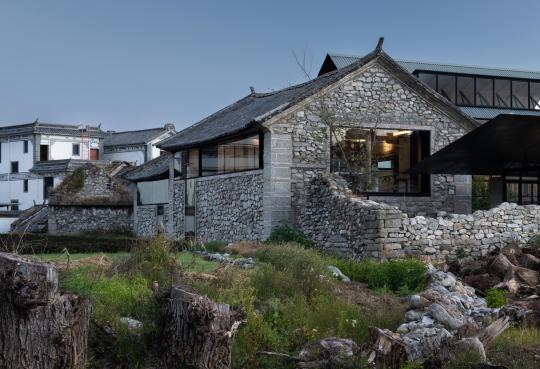
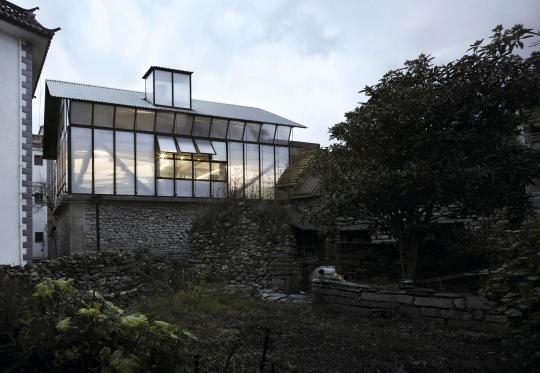




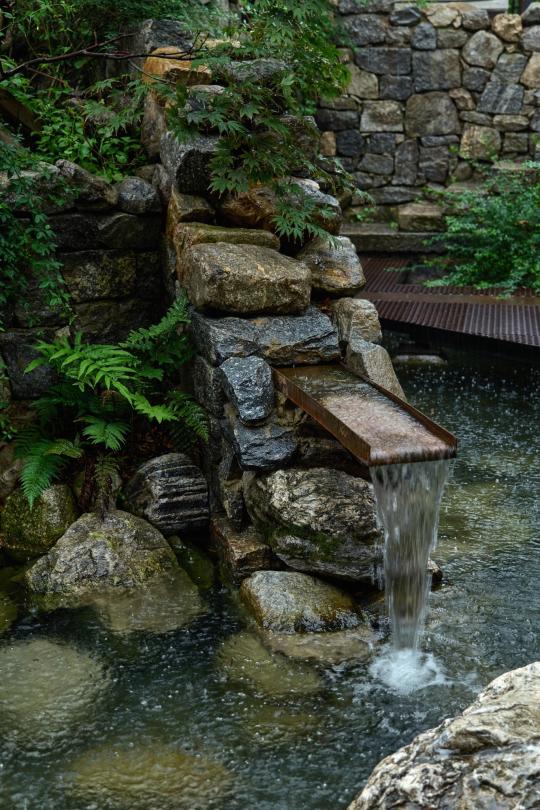

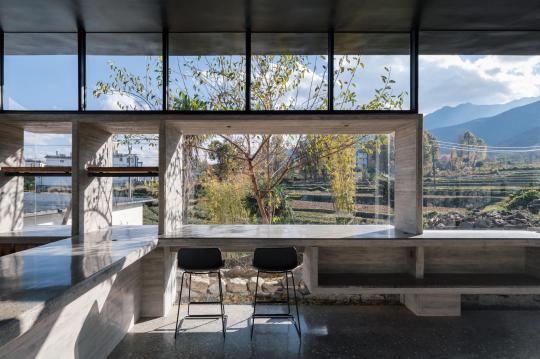




Ruins Cave Garden, Dali, Yunnan Province, China,
The project introduces a contemporary architecture studio and café to a structure which once stood as a stone ruin.
Arconnect Architects,
Landscape Design Ju Liu, Zhou Wu
#art#design#architecture#minimal#interior design#interiors#ruins#cave#gardens#landscaping#china#dali#yunnan#arconnect#ju liu#renovation#restauration#studio#café
272 notes
·
View notes
Text

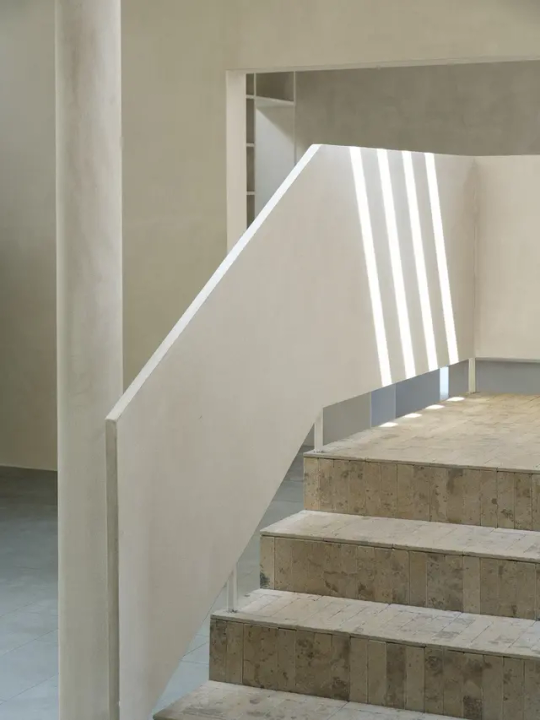




Shan Ding You Feng, Dali, Yunnan Province, China,
Design Firm: Aurora Design,
Photographer: Na Xin from INSPACE
#art#design#stairwell#stairway#architecture#staircase#stairs#interiors#staircases#shan ding you feng#dali#china#yunnan#aurora design#workplace#art studio#renovation#space lab
26 notes
·
View notes
Text
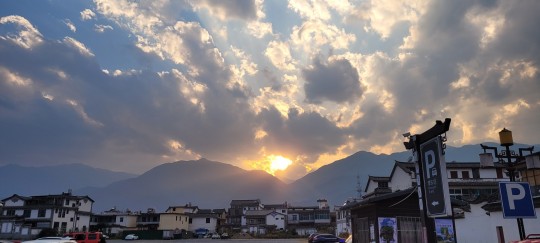
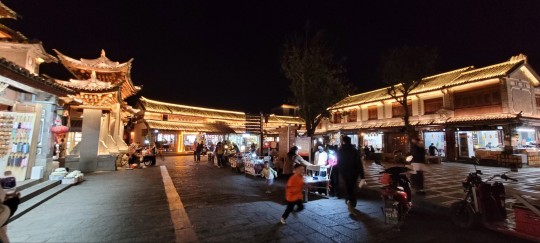
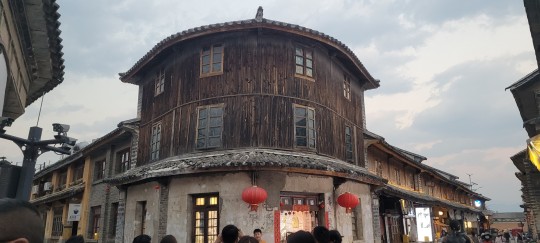

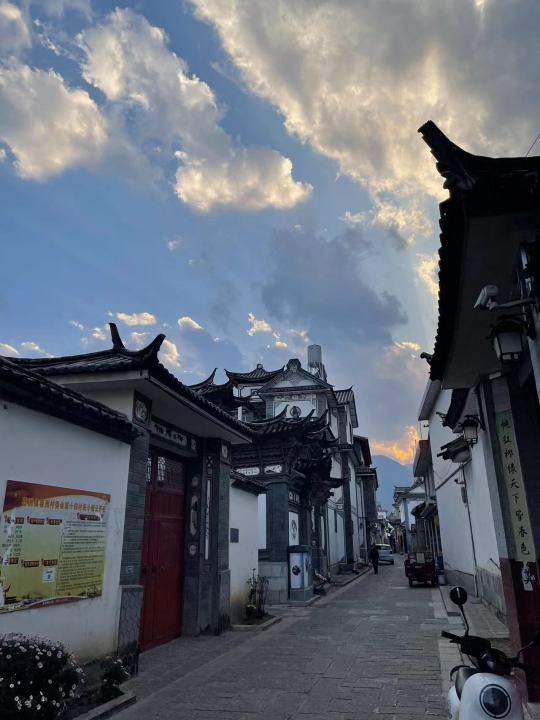
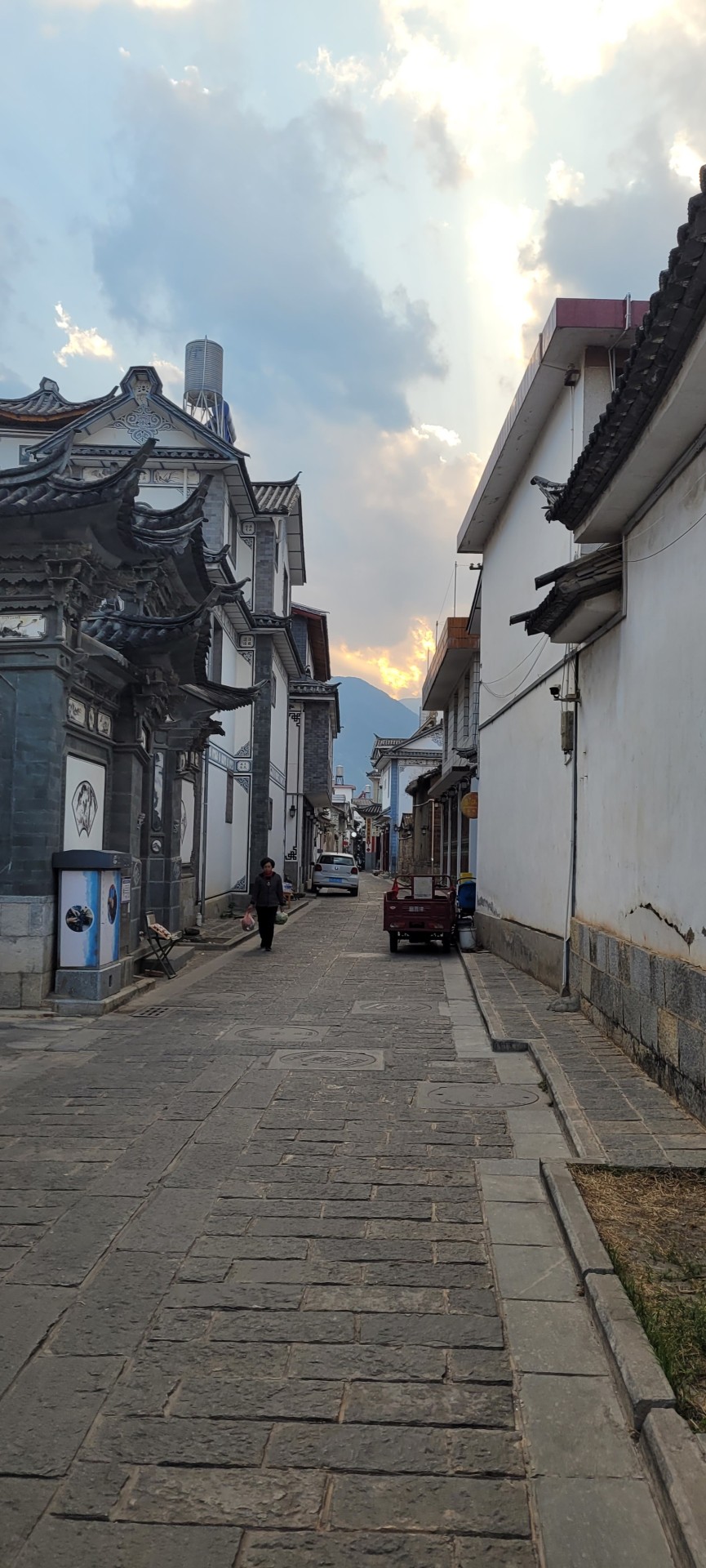
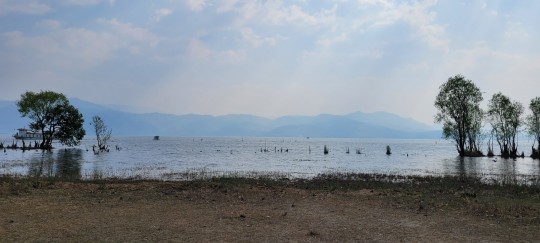

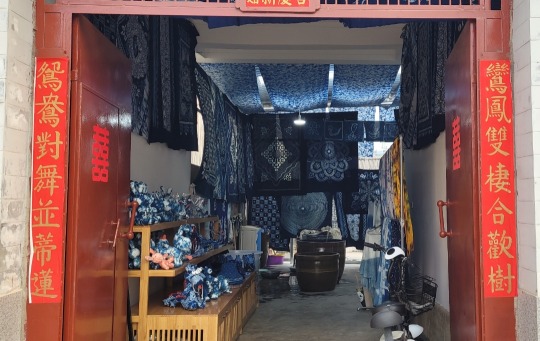

March 2024 - Dali, Yunnan province, China
One of the coolest things we did was learn about Bai style tie-dyeing (bottom two pictures)
#im so glad we did go back and do the tie dyeing esp bc i now have a really cool and special tshirt we all made together#not pictured: the over 2kg of tea I bought at a shop in the old town and had to have shipped back to shanghai#bc it wouldn't fit in the bag jiejie and i were sharing#also our bag was heavy enough it did not need 2 extra kilos of tea aakfkkd#its good tea tho and i have 0 regrets about it. in fact. 10/10 would do again akfakfkfk#also not pictured - all the delicious and wonderful food we got to try and enjoy#like i knew yunnan was known for having good food but like. i was not prepared for how good it was#dali#yunnan#china#photography#textile art
27 notes
·
View notes
Text
This is not Santorini!
Are you coming to Dali Santorini in Yunnan,China?
12 notes
·
View notes
Text








Unbelievable performance 😮💨🏴 into the knockouts
#lionesses#we were cooking today#unbelievable performance#top of the group#engwnt#England Vs China#wwc23#wwc2023#football#woso#woso community#womens football#womens world cup#fifawwc#lauren hemp#alessia russo#lauren james#chloe kelly#rachel daly#jess carter#millie bright#mary earps#alex greenwood#georgia stanway#lucy bronze#katie zelem#england women#into the knockout stage
58 notes
·
View notes
Text

dali, yunnan, china
by world of monin
6 notes
·
View notes
Photo

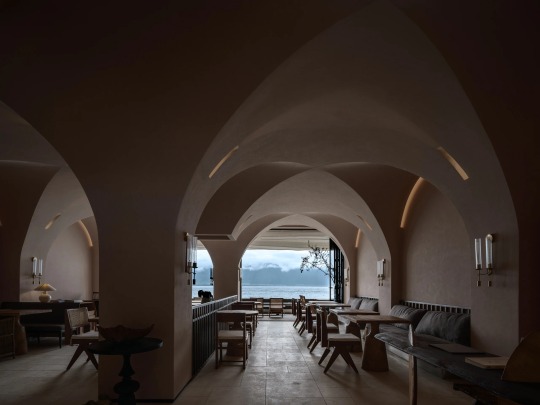
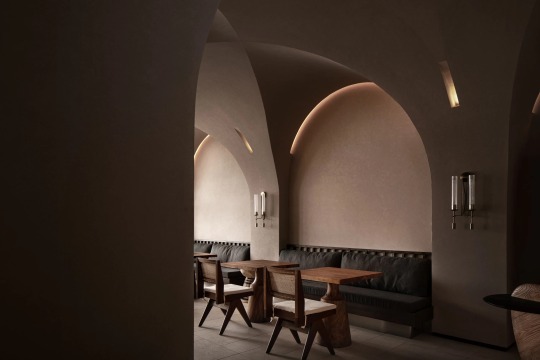
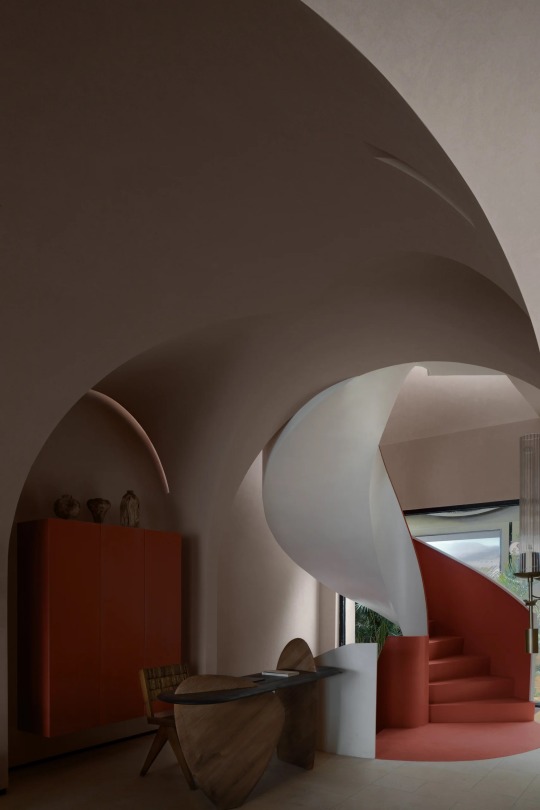
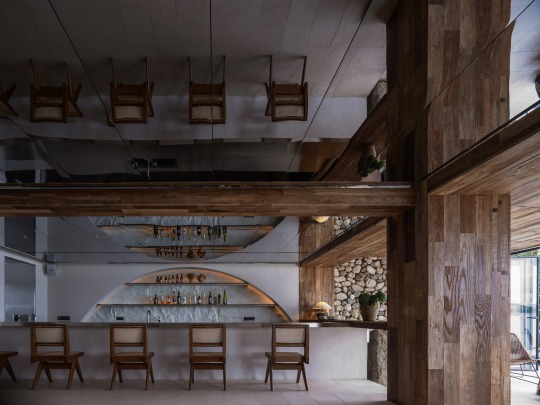
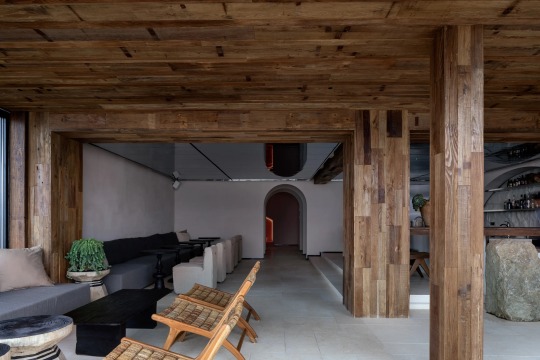

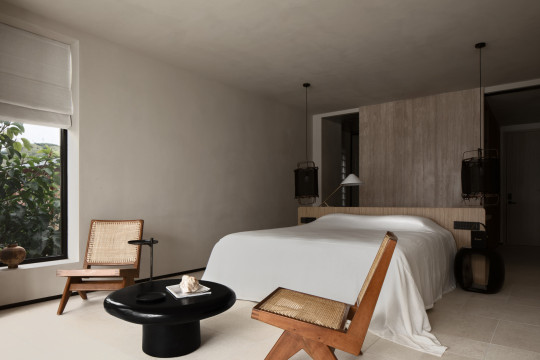
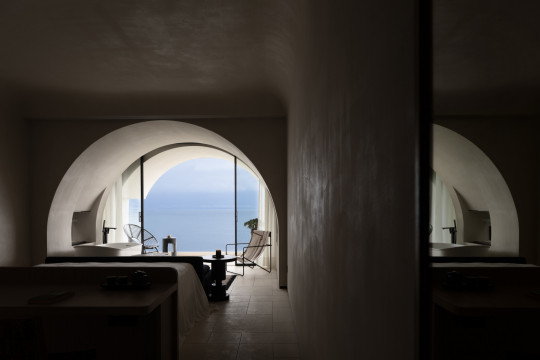
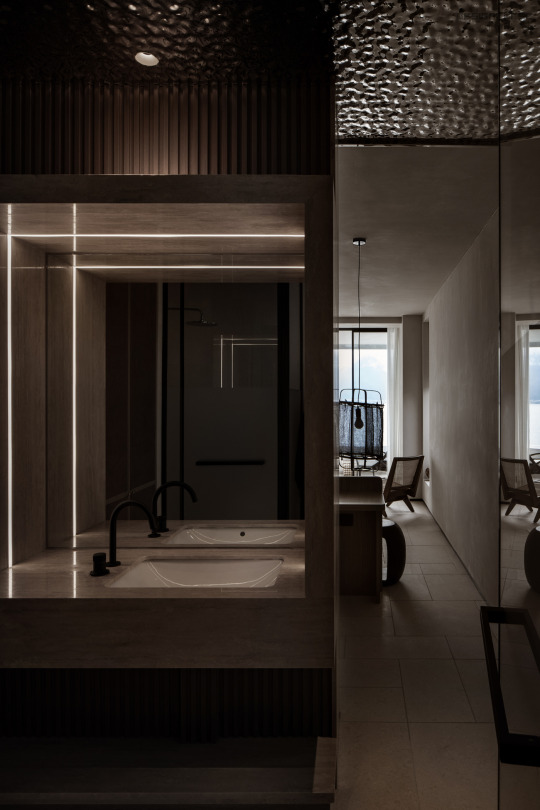
The Tree & Villa by the Erhai Lake,
Shuanglangzhen, Dali, Yunnan, China,
Fusion Design
#art#design#architecture#interiors#boutique hotel#luxurylifestyle#luxury hotels#luxuryhotels#interior design#interiordesign#designhotels#china#dali#yunnan#thetree&villa#the erhai lake#resort#travels#renovation
45 notes
·
View notes
Text

How can a translation be so right and so wrong at the same time?
10 notes
·
View notes
Text
Dame Rachel Daly making a convincing case for the Lionesses being queens of the volley and therefore already Vibes World Cup champions
14 notes
·
View notes
Text
FIFA Women's World Cup 2023 - Group D - China 1x6 England
Hindmarsh Stadium- Adelaide - AU 01.08.2023
Alessia Russo 4' Lauren Hemp 26' Lauren James 41', 65′ Wang Shuang 57′ (p) Chloe Kelly 77' Rachel Daly 84'







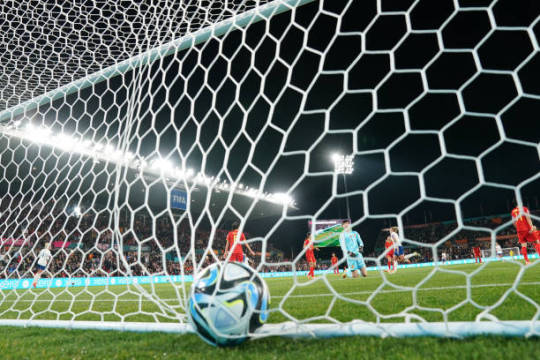




















#2023 women's world cup#FIFA Women's World Cup 2023#Group D#China WNT#England WNT#Lionesses#Alessia Russo#Lauren Hemp#Lauren James#Wang Shuang#Chloe Kelly#rachel daly#football#fussball#fußball#foot#fodbod#futbol#futebol#soccer#calcio
8 notes
·
View notes
Text
A RACHEL DALY GOAL !!! THAT WAS FOR ME
9 notes
·
View notes
Link
Sexual abuse in monasteries and oppressive feudalism in traditional Tibetan society has been factored out of the argument against China's occupation, oversimplifying it.
Han Chinese guards deliberately obstruct the pilgrim route through Lhasa to the holy Jokhang temple by sipping tea at strategically placed tables in the middle of the road. In front of the Potala, the Dalai Lama's former seat of power, an imposing guarded concrete square glorifies China's occupation.
Tibet seems like as a celestial paradise held in chains, but the west's tendency to romanticise the country's Buddhist culture has distorted our view. Popular belief is that under the Dalai Lama, Tibetans lived contentedly in a spiritual non-violent culture, uncorrupted by lust or greed: but in reality society was far more brutal than that vision.
Last December, Ye Xiaowen, head of China's administration for religious affairs, published a piece in the state-run China Daily newspaper that, although propaganda, rings true. "History clearly reveals that the old Tibet was not the Shangri-La that many imagine", he wrote "but a society under a system of feudal serfdom."
Until 1959, when China cracked down on Tibetan rebels and the Dalai Lama fled to northern India, around 98% of the population was enslaved in serfdom. Drepung monastery, on the outskirts of Lhasa, was one of the world's largest landowners with 185 manors, 25,000 serfs, 300 pastures, and 16,000 herdsmen. High-ranking lamas and secular landowners imposed crippling taxes, forced boys into monastic slavery and pilfered most of the country's wealth – torturing disobedient serfs by gouging out their eyes or severing their hamstrings.
Tashi Tsering, now an English professor at Lhasa University is representative of Tibetans that do not see China's occupation as worse tyranny. He was taken from his family near Drepung at 13 and forced into the Dalai Lama's personal dance troupe. Beaten by his teachers, Tsering put up with rape by a well-connected monk in exchange for protection. In his autobiography, The Struggle for Modern Tibet, Tsering writes that China brought long-awaited hope when is laid claim to Tibet in 1950.
After studying at the University of Washington, Tsering returned to Chinese-occupied Tibet in 1964, convinced that the country could modernise effectively by cooperating with the Chinese. Denounced during the Cultural Revolution, arrested in 1967 to spend six years in prison and labour camps, he still maintains that Mao Tse-Tung liberated his people.
Caught between a system reminiscent of medieval Europe and a colonial force that brought forced collectivisation and similar human rights abuses, Tibet moved from one oppressive regime to another.
During the 1990s, Tibetans suspected of harbouring nationalist tendencies were arrested and imprisoned and in 2006, Romanian climbers witnessed Chinese guards shooting a group of refugees headed for the Nepalese border. China's abhorrent treatment of "political subversives" has rightly spurned a global Free Tibet movement, diminishing the benefits that it did bring to society.
After 1959, it abolished slavery, serfdom and unfair taxes. Creating thousands of jobs through new infrastructure projects, it built Tibet's first hospitals and opened schools in every major village, bringing education to the masses. Clean water was pumped into the main towns and villages and the average life expectancy has almost doubled since 1950, to 60.
Even so, in 2001 the Dalai Lama said: "Tibet, materially, is very, very backward. Spiritually it is quite rich. But spirituality can't fill our stomachs."
Freedom for Tibet is not simply a case of liberation from China and the reinstatement of traditional values. Around 70 per cent of the population lives below the poverty line and enhanced spirituality alone will not improve economic conditions. Poverty is not quaint no matter how colourful the culture and the Tibet question is one that should be addressed from a rational, rather than an idealised viewpoint.
Nearby Bhutan, which has a similar Buddhist culture that it tried to preserve by banning television until 1999 and limiting foreign visitors, only held its first democratic elections in 2007. The Dalai Lama now promotes democracy, but Tibet may well have looked worse than it does today if the old order had been left to its own devices.
#tibet#china#human rights#world news#law#article#feudalism#chattel slavery#slavery#dali lama#free tibet#chairman mao#history#1990s#1950s#Bhutan#buddhism#Mao Tse-Tung#asia
9 notes
·
View notes
Text

Ruins Cave Garden, Dali, Yunnan Province, China,
Arconnect Architects
#art#design#stairwell#architecture#stairway#staircase#interiors#stairs#staircases#ruins#cave#china#dali#concrete#yunnan#arconnect
80 notes
·
View notes
Text


Dali, Yunnan, China
Wenhao Ryan
1 note
·
View note